As of the evening of January 23, 2017, just 35 days before the 2017 F1 season’s first test week, Liberty Media Group completed its takeover of F1 from CVC Partners. Before the ink was dry, 86-year-old Bernie Ecclestone was removed as CEO after running Formula 1 for most of his adult life.
Going forward with immediate effect, Ross Brawn, the former Ferrari, Brawn and Mercedes team principal and former ESPN marketing master Sean Bratches, would rule F1’s sporting and commercial sides, respectively. Liberty’s new CEO Chase Carey spared few feelings when he stated that over the past four or five years neither the sport of F1 nor its business side had grown anywhere close to its full potential, and bringing in these gentlemen would kickstart immediate change aimed at rejuvenating F1’s stagnation. The move was decided months ago; there were already formal handout photos of the smiling trio available for the press.
Brawn, who won 19 world titles, spoke of his desire to simplify F1, setting a new course for rules based on entertainment instead of automotive manufacturer sales relevancy. He would work to give fans the spectacle, sound, and struggle of the F1 of the 90’s and 2000’s. He noted there would be moves for reunion and resurgence for traditional aficionados and growth for emerging fans. Added to this would be immediate engagement with new digital avenues for promotion and fresh, contemporary global outreach.
In just ten minutes, Ross Brawn left no doubt there was a new F1 sheriff in town.
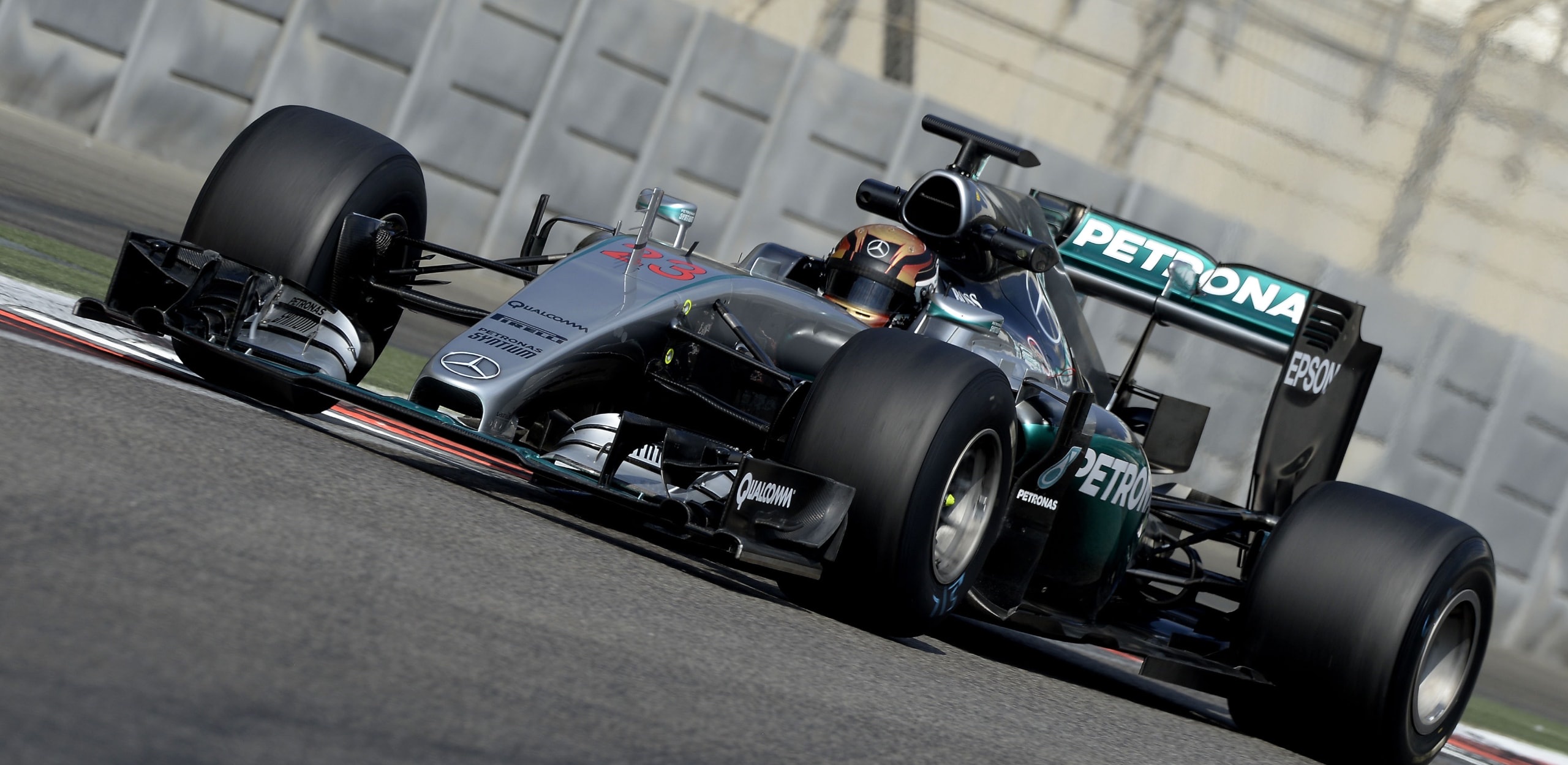
Even before this momentous management reboot, the run up to the official start of 2017 F1 season testing promised more unanswered questions than the United States presidential election.
The vastly constrictive engine token system has been eliminated, and the entire aerodynamic package has been changed for 2017, beginning with 25 percent larger tires and 11 percent wider cars not to mention more powerful wings and under-chassis aero mods.
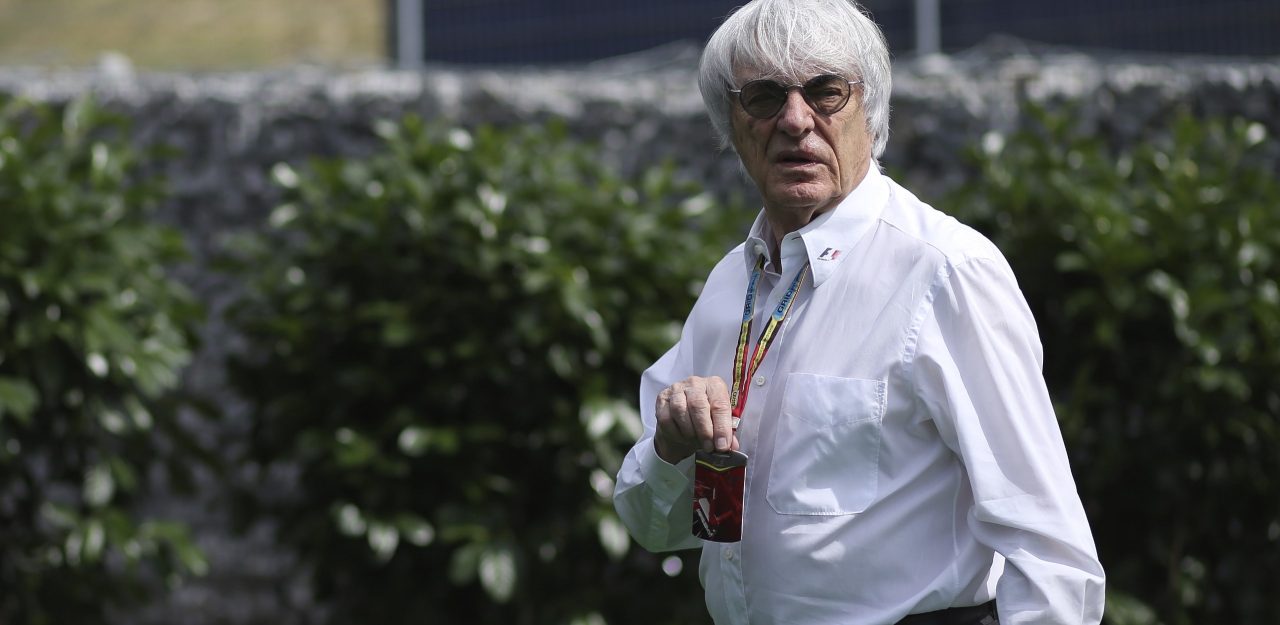
Freer engine development without penalties equals more speed. Larger tires equal more grip. Increased downforce equals more speed through corners and with more grip also means shorter braking distances; no wonder F1 tracks are considering re-profiling many corners.
When the F1 circus arrives in Barcelona on February 27, they will have only eight days, just a little over 64 hours, to sort out this new package before packing up for the season opener in Melbourne.
So far pre-season developments have been even more frantic than usual. Take Toro Rosso for instance. The team has planned to have the entire staff working 24 hours a day, seven-days-a-week for the four-week period leading up to that first pre-season practice session. Further, Force India has announced its 2017 Formula One car, the VJM10, has already passed all of the stringent mandatory crash tests at the first attempt. The VJM10 represents their first chassis laminated and built in-house.
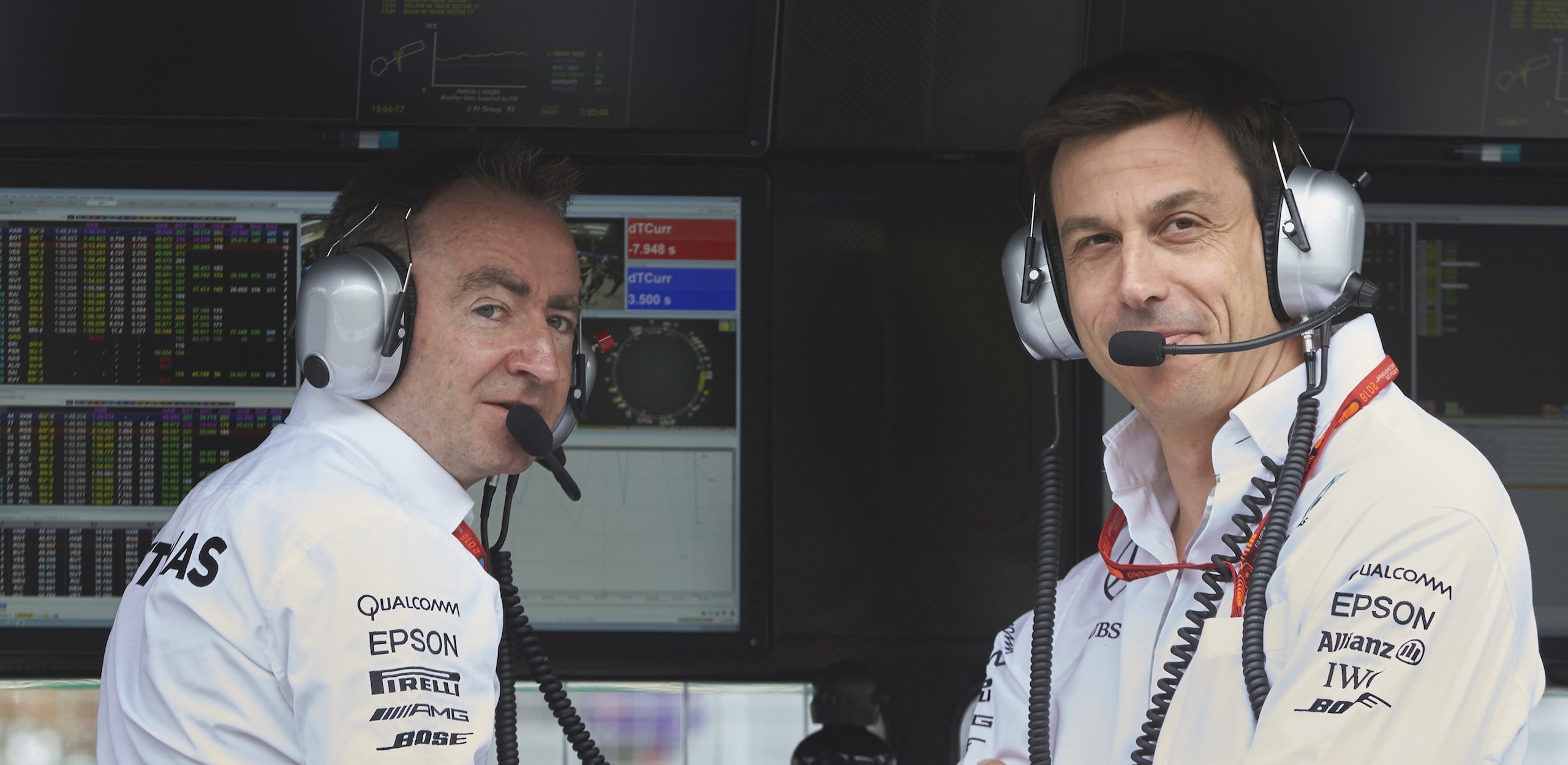
While the other teams face similar workloads, a few face an even taller mountain to be climbed, immediately. Mercedes, the three-in-a-row constructors and drivers world champions lost Nico Rosberg with his unexpected retirement. Valtteri Bottas would take the second seat next to Lewis Hamilton, Mercedes protégé Pascal Wehrlein, was installed in the Sauber slot left open by the departing Felipe Nasr.
As if there wasn’t enough confusion, Paddy Lowe left his role as Mercedes executive director (technical). Lowe was a decisive factor in the team’s complete championship domination since the introduction of V6 turbos in 2014. With Williams confirming Pat Symonds has resigned as technical director, the 54-year-old Lowe, with his head full of superb race craft, looks set to replace him. Rumours have James Allison, late of Ferrari stepping into Lowes’ role at Mercedes.
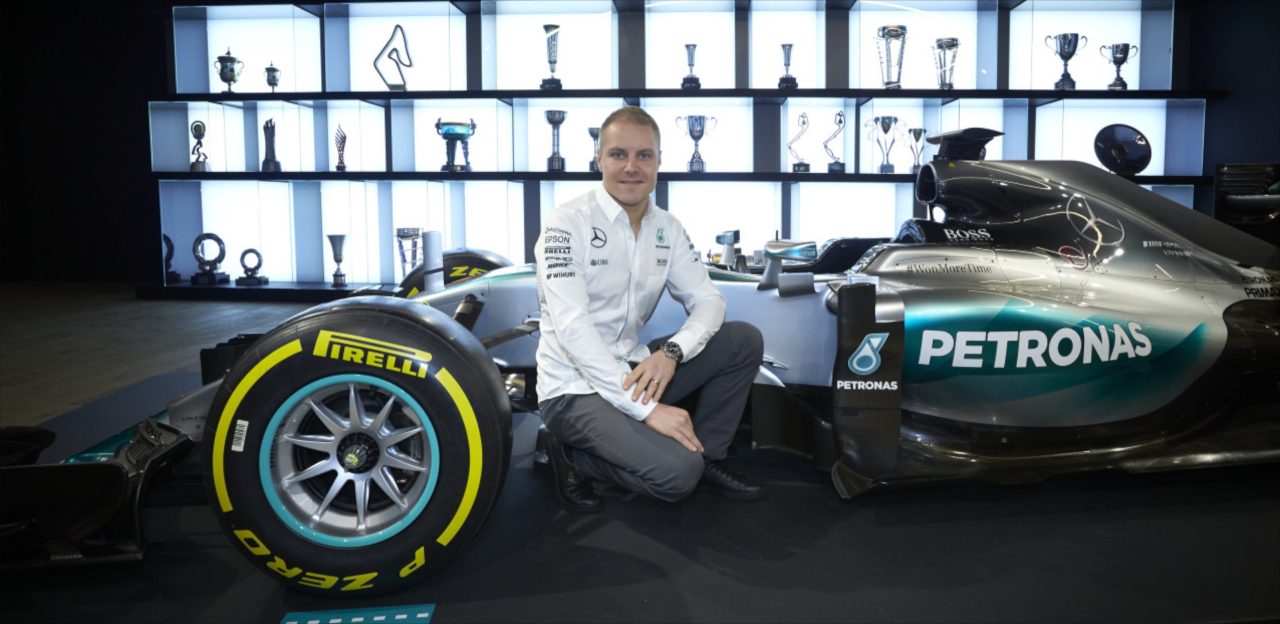
Then there is McLaren, who has suffered mightily for the past two seasons with their Honda’s lack of power and its fitment problems mating with McLaren’s “size-zero” packaging. Honda will present an entirely new architecture redesign for its V6 power, now allowed with the scrapping of the “token system”. Honda and McLaren whisper of significant power gains, although they had those same whispers at the start of the 2016 season. Now, though, with the front aero flow revised with the new 2017 arrow-shaped specifications, and the aero boffins cataloguing increased downforce flow structures at different ride heights over the last six months, McLaren has relaxed its fanatical adherence to the wasp-waisted rear of their chassis. We’ll learn how much ground (read much-needed front grip) they have recovered from their rivals when they reveal their MP4-32.
With the questions of McLaren’s competitive verve following the departure of iconic team’s equally iconic leader Ron Dennis, more than a few teams and drivers will be watching Fernando Alonso’s reaction to the car and his early pace. With Alonso’s McLaren contract running out at the end of 2017, either a very happy or deeply disappointed Alonso will jump start early rumours of team and seat swapping for 2018.
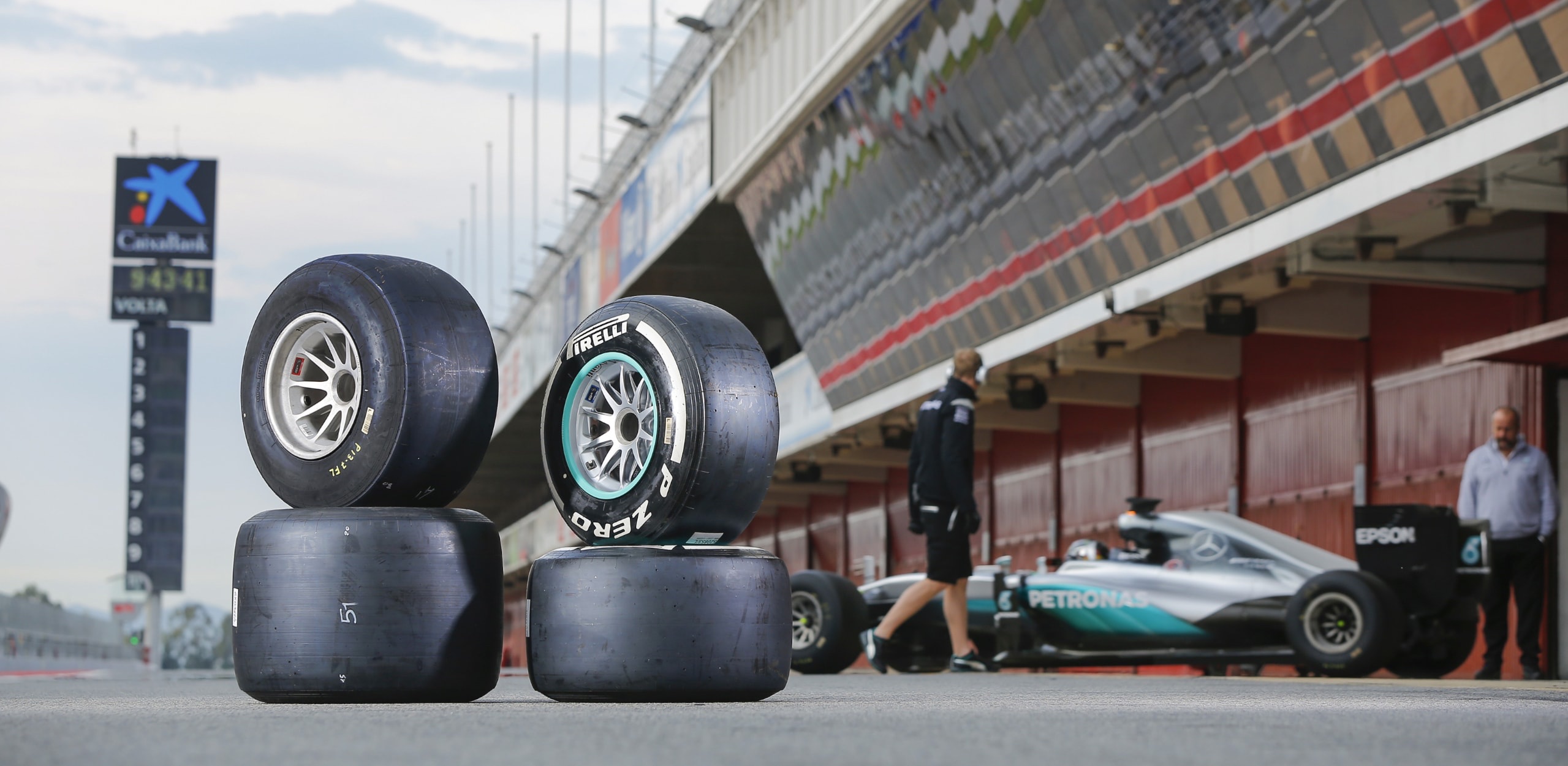
At five weeks out from the onset of testing, Fredric Vasseur spread more confusion by stepping down from his role as Renault team principal. His reason? Renault’s senior management lack of a coherent future vision concerning the squad’s direction. Now facing a different Renault team structure and new-for-2017 regulations, newly recruited team driver Nico Hulkenberg must be wondering if his jump from Force India was his most brilliant move.
Despite results way above expectations, Haas F1 has stated that it is struggling to interest large scale sponsors for 2017. Putting an even finer point on the impossible financial demands of F1 these days, it became apparent a week ago the reason’s Manor Racing’s two team seats have remained empty was the breakdown of the team’s investor search, leaving it no alternative but to enter into administration. It must find some form of funding, or it will not be on the grid in Melbourne, nor for the remainder of the season. With Manor’s possible demise, all three new teams invited into F1 in 2010 – Manor (Marussia / Virgin), Lotus and Hispania (HRT), have fallen by the wayside.
And what of beloved Scuderia Ferrari? The team had high expectations in 2016, but the resignation of James Allison hit the team hard, and they came away with results very much below par.

During Finali Mondiali festivities in Daytona Beach, Fiat-Chrysler CEO and Ferrari President Sergio Marchionne stated that their 2016 Ferrari was let down by aerodynamics and straight line speed, and the 2017 car would be leaving no stone unturned to dig their way out of that hole.To accomplish this, technical chief Mattia Binotto had to reorganise the engineering and design departments at Maranello during the 2016 season while creating the team’s 2017 contender, now presented with a total “Rosso Corsa” livery.
The major areas of development of the new codenamed ‘668’ are the design and tighter packaging of the rear of the car around the smaller gearbox, and exploiting the resultant gain in downforce and cooling. The car will need that increase in downforce if the other rumour, that of the completely redesigned power unit designated 062/1 are correct. Facing no limitations thanks to the dropping of the token system, the PU will sport new combustion chambers, a multi-jet ignition system, electrics and revised PU energy harvesting system. Ferrari expects power delivery above 1000 bhp, giving Sebastian Vettel and Kimi Raikkonen 50 more horses than last season. Should Engr. Binotto deliver on Sr. Marchionne’s aero-centric prediction, 2017 could restart Sebastian Vettel’s career and Ferrari’s resurgence. We’ll know soon.
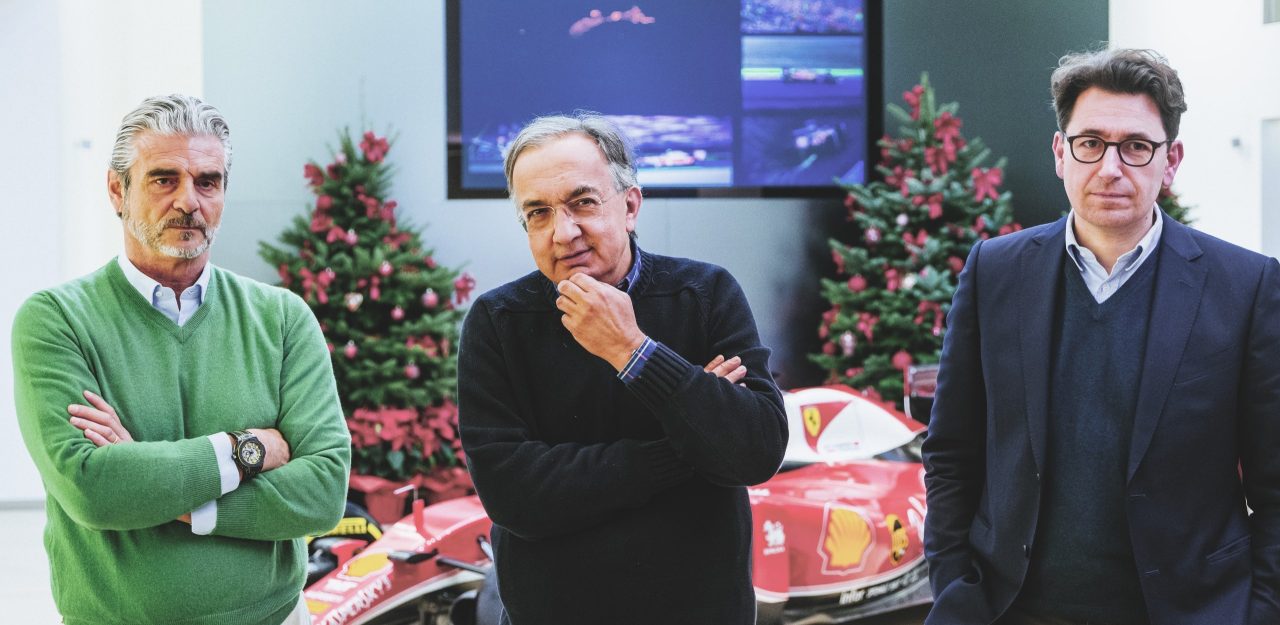
While Pirelli oversaw a thorough 24-day test programme of its new, wider rubber last year using 2016 mule cars provided by Mercedes, Red Bull and Ferrari, these cars were nowhere near the level of performance expected with the new 2017 formula. Across the pit lane, engineers paint the new 2017 rules as more extensive than the change from ground-effect to flat floors in 1982-83. With today’s engineers’ greater understanding of aerodynamics, aero structure tuning, power delivery and the now-free development curve allowed throughout the season, the 2017 season’s tuning potential ranks as one of the most significant in the history of the sport.
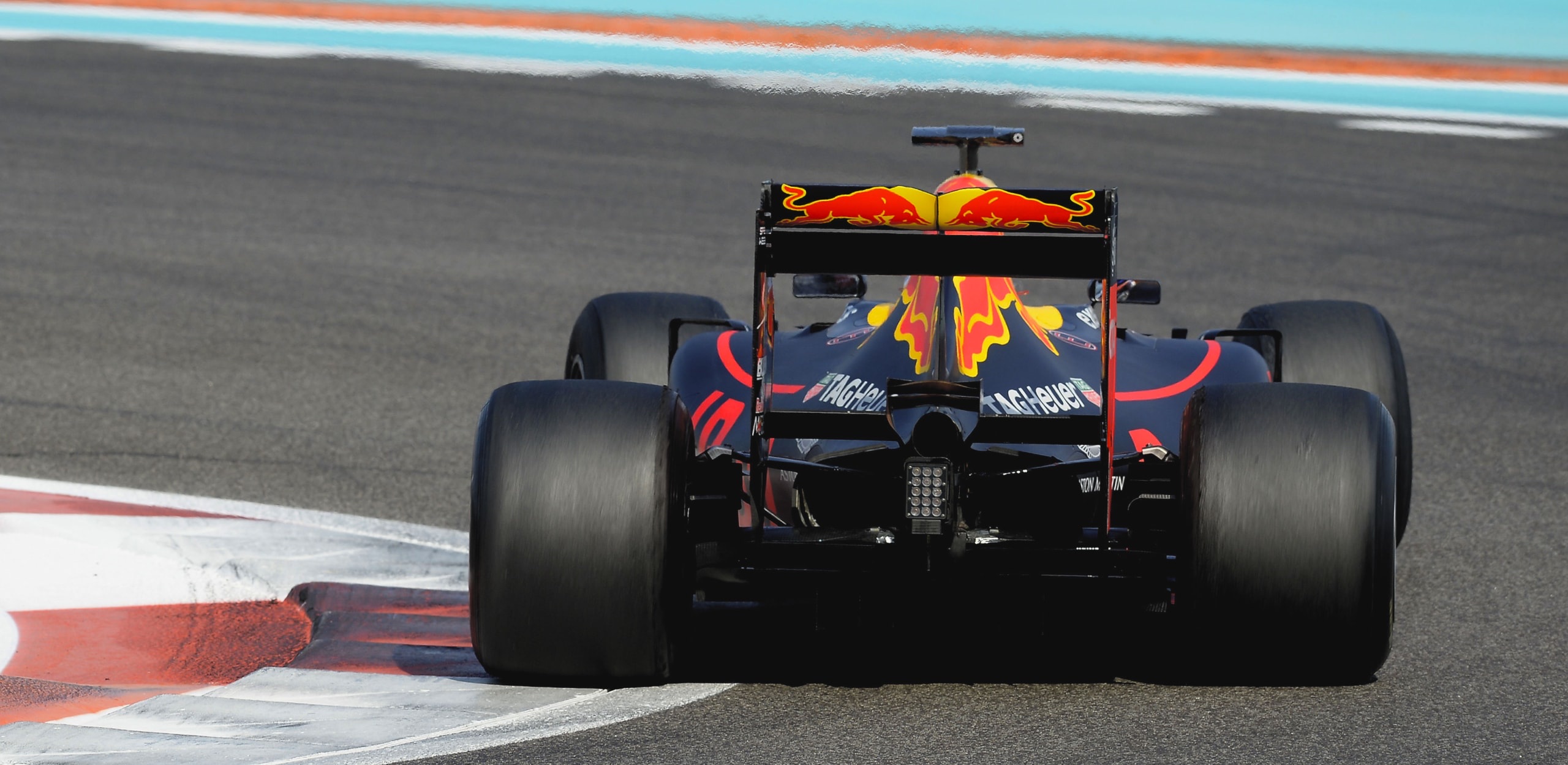
Despite the drivers getting the feel of the new rubber on the prototypes, the overall impact of the fully employed changes they’ll face on 27 February 2017 will force them to experience eight days of the most exhaustive tests of their careers. The challenge will be to construct a matrix of the tyres performance, degradation, thermal stability and tune-ability as fast as possible and then discover how to form a repeatable racing strategy with those parameters.
The most perceptive drivers will rise to the top. Those drivers who can describe and exploit the nuances of the new rubber, and match those performance characteristics with a variety of higher downforce setups could change the competition order and add plenty of fresh intensity sorely needed in F1.
Renault will present their new 2017 competitor 21 February, followed the next day by Force India. Mercedes will reveal their W08 on 23 February, with Ferrari introducing their latest new hope at Fiorano on 24 February.
Pre-season testing begins the first four-day test on February 27 at the Circuit de Catalunya in Barcelona, Spain. The second four-day test begins the following week on March 7. The 2017 season launches 26 March with the Australian Grand Prix in Melbourne.
Expect Ross Brawn’s reboot of F1 to quickly exploit this new 2017 F1 formula to create an active outreach for fans be it on-site, on-air or online. Be prepared for the return of an F1 full of surprise, suspense and struggle.
We can’t wait.